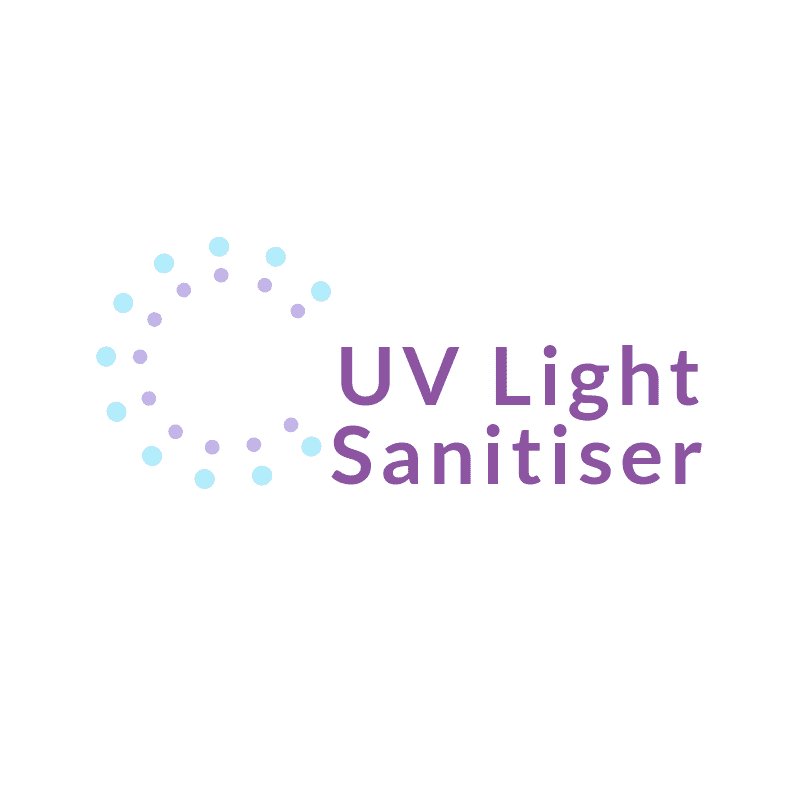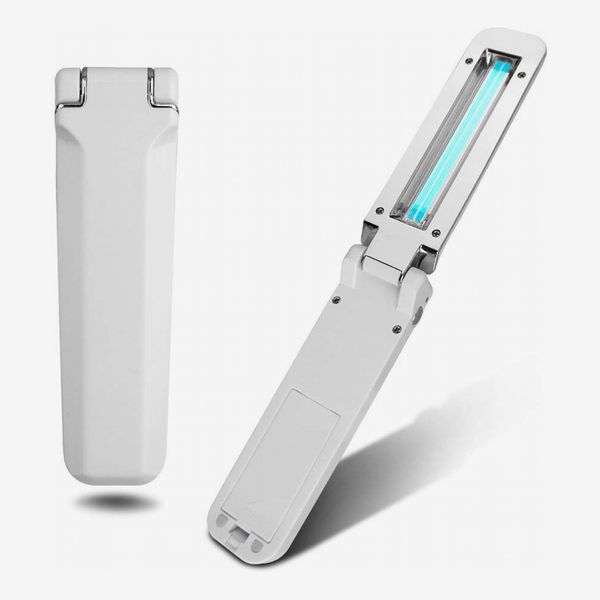In a pandemic, people tend to seek treatment, so it’s not surprising that people with a global COVID-19 outbreak are looking for something that can protect them. A popular solution is the light disinfection UV wand, which uses ultraviolet light to easily kill bacteria.
Unlike traditional chemical water disinfection procedures, ultraviolet radiation can quickly and efficiently destroy microorganisms in the physical process. When bacteria, viruses, and parasites are exposed to ultraviolet light, they will not be able to multiply or infect.
How Ultraviolet Works?
Ultraviolet (UV) light is is invisible to the human eye. It always covers part of the electromagnetic spectrum that always exists between visible light and X-rays. The sun emits ultraviolet rays. However, most of the ozone layer on Earth absorbs it.
A unique characteristic of ultraviolet rays is that certain wavelengths in the range of 200 to 300 nanometers (trillions of meters) are classified as fungicides, that is, they can alter microorganisms such as bacteria, viruses and protozoa. This feature allows ultraviolet radiation to be widely used as an environmental and chemical method. It is extremely effective in disinfecting and protecting water from harmful microorganisms.
Ultraviolet rays are electromagnetic radiation. A particular subtype, called UV-C, can destroy viruses and bacteria. It works by destroying their DNA / RNA, making replication impossible. This can also harm human tissue. Hospitals use large ultraviolet lamps (sometimes connected to robots) to disinfect rooms.
Why Use a UV Wand?
Ultraviolet C (UVC), emitted by these portable devices, has the ability to be sterilized, but it is unclear whether using one of them can prevent human infection. The idea is to put the wand by the contaminated object briefly, making the bacteria disappear.
A 2014 study in the American Journal of Infection Control showed that a stick can kill 100% of bacteria commonly found on the surface in just 5 seconds. It could also inactivate 90% of especially hard bacteria in 40 seconds. Spore-forming bacteria. According to the researchers, UVC equipment is a reasonable alternative to using chemicals to disinfect surfaces.
The manufacturer of the UV wand also stated that “tests by an independent antibacterial testing laboratory showed that the bar killed 99.98% of the H1N1 virus after the prescribed exposure in five seconds.” The magic wand is also said to kill “methicillin-resistant Staphylococcus aureus), mold and dust mites” by penetrating “viral and bacterial membranes and destroying their DNA. This rendered the microorganisms incapable of reproduction and survival.”
Does a UV Wand Work Against COVID-19?
Another problem with using ultraviolet radiation as a disinfectant is that we are not sure how effective it is in destroying COVID-19. According to KimTrautman, Executive Vice President for Medical Services at NSF Services, when using ultraviolet radiation, “direct exposure time is important.” “It’s not just … a flashing light. You should have direct ultraviolet radiation for a period of time, depending on the distance from the light source. “
The exact duration required depends not only on the light source, but also on the virus you want to destroy. Some of them are more susceptible to ultraviolet radiation, while others are more severe. There is no scientific consensus on the strength of coronaviruses.
Trautman explained: “We already know that it is stronger than some of the first versions of [Coronavirus].” Some older ARVI variants died faster on the surface. We already know that compared to cardboard, glass, and plastic, COVID-19 has a longer life on certain surfaces than some previous versions of the virus family. There are no specific scientific studies in which the time and duration of UV-C exposure can be indicated to demonstrate that COVID-19 was decomposed fairly efficiently or could not be copied.
A health hazard
Among the many problems associated with portable light disinfection, Trautman emphasized the dangers associated with the effects of UV radiation on human skin.
According to Eleanor Fish, a microbiologist, “As much ultraviolet light as possible can destroy cell walls, proteins, bacteria, and viral membranes.” It is also carcinogenic or can cause cancer that affects people. This is the ultraviolet spectrum that really burns us. Therefore, exposure to human skin and eyes is harmful to the human body. Therefore, this is not an easy task. “
UV-powered robots disinfect hospitals rooms when patients are no longer there. In fact, a UV wand requires someone to hold it. Looking at some of Amazon’s UV wands, it appears that none of them are equipped with protective gear. However most do indicate that customers should wear safety glasses. If the device can destroy the virus, it can also damage it.
Home Use
Fish said he would not use it at home. “It is better to use a strong detergent that can contain bleach or a lot of alcohol and then clean the surface.” But then again, it depends on what you use to delete them. If you use the same sponge a million times, it will be useless. People need to think more about what they are doing. Hand sanitizers are also helpful, and there is no doubt that they will have an effect. But Simply disinfecting your hands does not mean that you will be protected from pandemics or viruses.
When UV light hits a surface with corners and gaps, it is unlikely to penetrate. Dirty and greasy surfaces also reduce UVC penetration. Even if portable light disinfection can kill 99% of pathogenic bacteria, it can still leave enough microorganisms to cause infection.
You don’t need ultraviolet equipment (prices from $ 60 to $ 80) to kill microorganisms. If all is well, just wash the surface and hands with soap and water. You can also use cheaper sanitizing wipes or paper towels moistened with at least 60% alcohol in a hand sanitizer. Also note that these disinfectant sticks are different from portable ultraviolet water purifiers. UV water purifiers are effective and can be used for purposes that require the disinfection of drinking water (for example, when walking or traveling).

